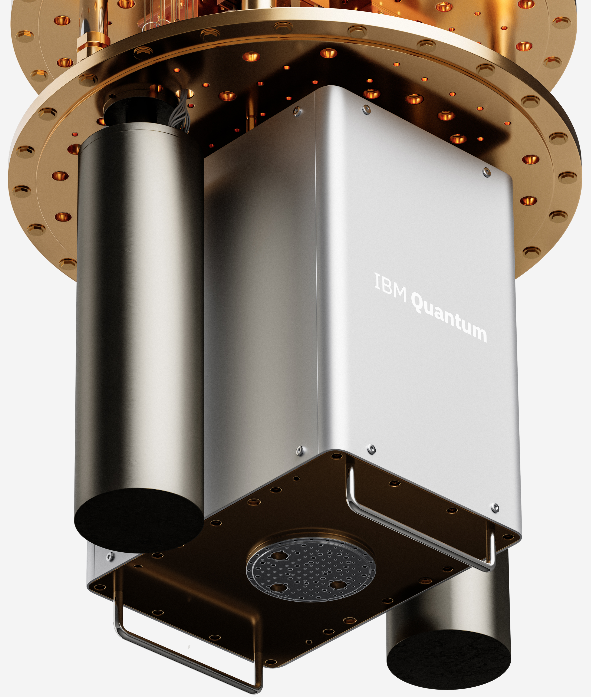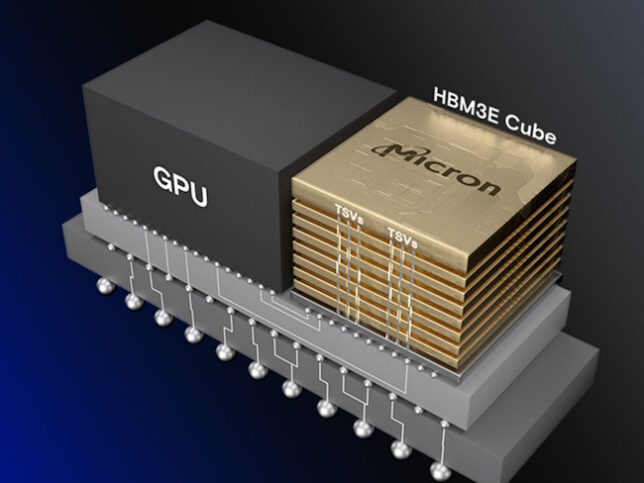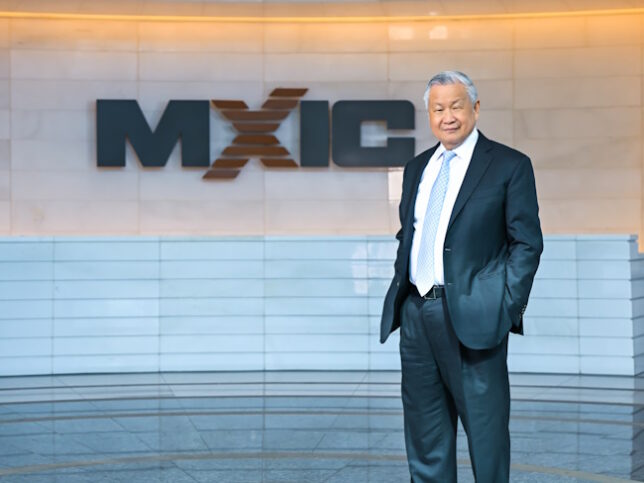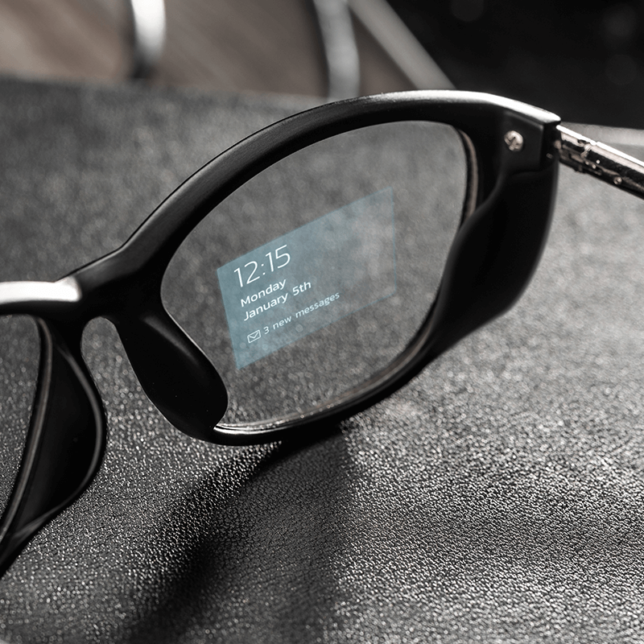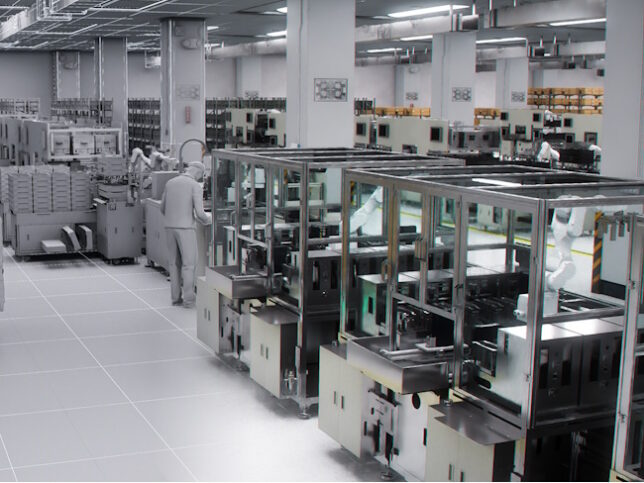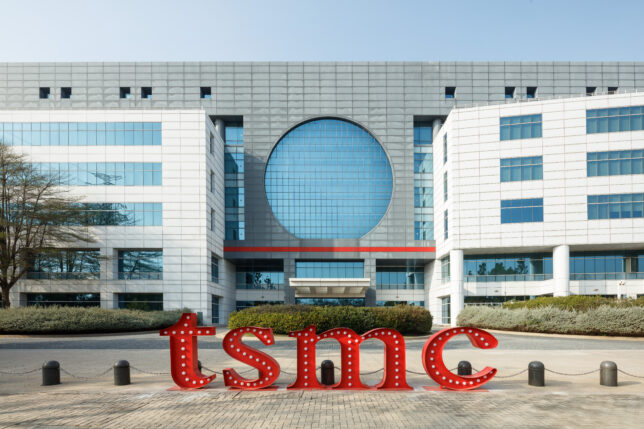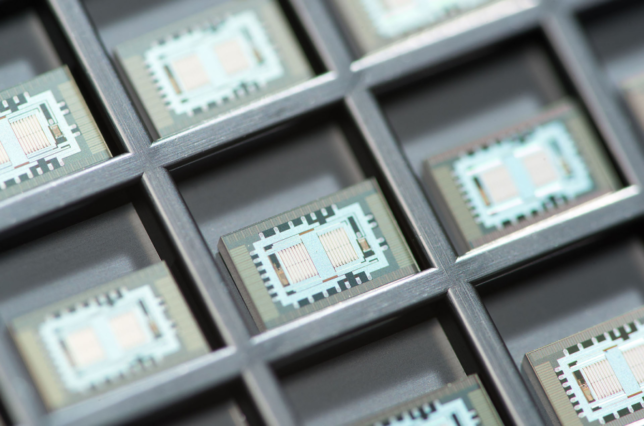The graying of the semiconductor workforce as onshore manufacturing ramps up means the days of chip companies poaching each other’s talent are numbered—their local communities must develop talent through the collaboration of schools and workforce development organizations.
In the first of two panel discussions hosted by the National Institute of Innovation and Technology (NIIT), those collaborating to help build the talent pipeline for Texas’s semiconductor and advanced manufacturing sectors said they are working to deliver flexible options for apprenticeships to meet the demand for skilled workers with options that allow apprentices to earn a living while learning.
Austin Community College District has been collaborating with workforce development organizations and semiconductor companies to create entry pathways at various points and equip students with the right skills, especially in manufacturing.
Austin Community College District is increasingly giving tours to middle school students to expose them early to programs that will set them on a career path in semiconductors and advanced manufacturing.
The college’s Make It Center provides guests of all ages a chance to experience a wide range of experiences to pique their interest in advanced manufacturing careers, including an area dubbed “The Forge,” where they can use 3D printing, laser cutters and vacuum formers to create career-related projects. There are also virtual-reality simulations that allow users to “try out” different careers by immersing themselves in various job sites.
Read my full story on EE Times.
Gary Hilson is a freelance writer with a focus on B2B technology, including information technology, cybersecurity, and semiconductors.

